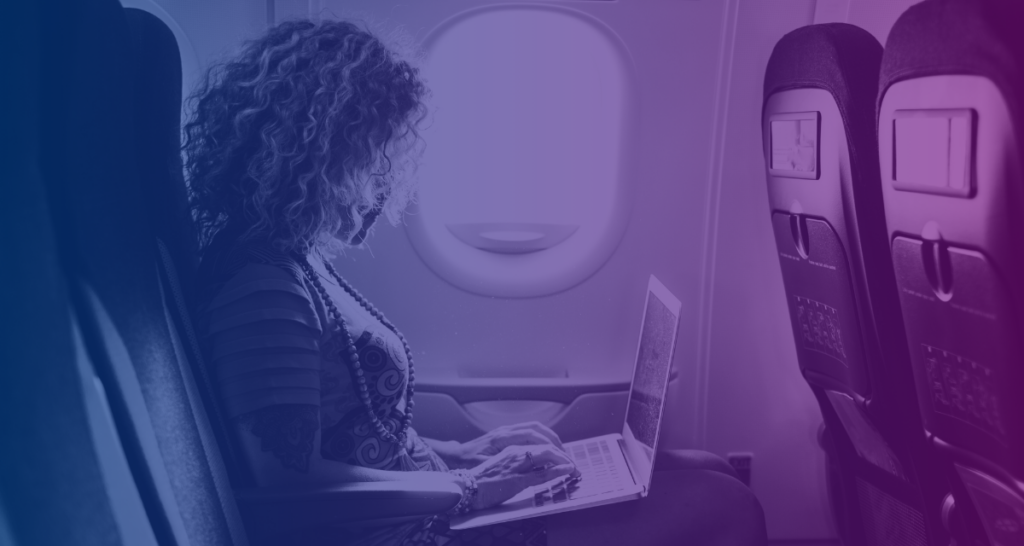
The Families First Coronavirus Response Act was passed by Congress and signed into law by President Trump on March 18. It’s set to go into effect 15 days after signature, making the effective date April 1. It will remain in effect through the end of 2020.
Most significantly for employers and employees, the Act made temporary emergency adjustments to the Family Medical Leave Act (FMLA) and Paid Sick Leave (PSL).
Here’s a breakdown of what it’s all about. Both of these sets of emergency adjustments apply to employers with fewer than 500 employees.
Emergency FMLA Expansion
Employers with fewer than 500 employees must provide employees with the right to take up to 12 weeks of job-protected FMLA leave for specified reasons related to COVID-19 and child care.
Emergency FMLA leave is available to care for an employee’s child under 18 years of age if (1) a school or place of care has been closed; or (2) the child care provider of such children is unavailable due to a public health emergency (defined as a COVID-19 related emergency declared by a federal, state, or local governmental authority).
How Emergency FMLA Leave works
- Eligible employees must have been employed for at least 30 calendar days.
- An employee is eligible for 10 days of unpaid leave (reduced from 14 days originally), but employees may choose to substitute accrued paid time off or other medical or sick leave during the unpaid period.
- Paid leave is capped at $200 per day or $10,000 total.
- Leave is job-protected, meaning that an employee must be returned to the same or equivalent position upon their return to work. There are exceptions for employers with fewer than 25 employees if the employee’s job no longer exists because of the coronavirus pandemic.
- Paid leave is provided at a rate of 2/3 of the employee’s regular rate of pay for the number of hours regularly scheduled.
- The Secretary of Labor may exempt small businesses with fewer than 50 employees, should compliance jeopardize the viability of the bill.
- Civil penalties may be imposed on employers who fail to comply and are not excluded from the definition of employer.
Emergency Paid Sick Leave
All employees, regardless of length of employment, are entitled to up to 80 hours of paid sick leave if they are unable to work (or telework) if employees are:
- Subject to federal, state or local quarantine or isolation order related to COVID-19;
- Advised by health care provider to self-quarantine related to COVID-19;
- Experiencing symptoms and seeking medical diagnosis for COVID-19;
- Caring for an individual who is subject to an order to quarantine or self-isolate or have been advised by a health care provider to self-quarantine due to concerns related to COVID-19;
- Caring for a son or daughter whose school or place of care has been closed, or the child care provider of such son or daughter is unavailable due to COVID-19 precautions; OR
- Experiencing any other substantially similar condition specified by the Secretary of Health and Human Services in consultation with the Secretary of the Treasury and the Secretary of Labor.
Paid Sick Leave hours based on Full-time or Part-time status
Full-time employees are eligible for up to 80 hours of paid sick leave.
Part-time employees are entitled to the number of hours of paid sick time equal to the number of hours they work, on average, for a 2-week period.
Limits on Emergency Paid Sick Leave benefits
Paid sick leave will not exceed:
- $511 per day/$5,110 total per employee for reasons (1) to (3) above.
- $200 per day/$2,000 total for reasons (4) to (6) above.
Emergency paid sick leave can be in addition to PSL that an employer already provides, but will not carry over from one year to the next.
Multi-Employer Bargaining Agreements
An employer signatory to a multi-employer collective bargaining agreement (CBA) may, consistent with its agreement, fulfill its obligations under the act by contributing to a multi-employer fund, plan or program. Contributions must be based on the hours of paid sick time each of its employees is entitled to under the law while working under a CBA.
Employer Tax Credits for Emergency Paid Sick Leave and Paid FMLA Leave
Employers required to pay the cost of benefits to employees under the Emergency FMLA and Emergency Paid Sick Leave Act will be eligible for tax credits offsetting the employer’s portion of Social Security taxes. Refundable tax credits include:
- 100% of the qualified sick leave benefits paid by employers for each calendar quarter in adherence to the Emergency Paid Sick Leave Act;
- 100% of the qualified family leave benefits paid by employers for each calendar quarter in accordance with the Emergency FMLA.
Only employers required to offer Emergency FMLA and Emergency Paid Sick Leave may receive tax credits; voluntary offerings of additional leave do not qualify.
As the common law employer, the production company is considered the employer for the above provisions. Please consult with legal counsel should you have questions regarding how the Act applies to specific scenarios your company may be facing.
